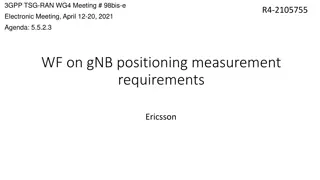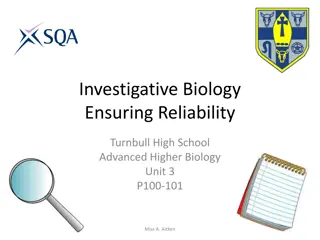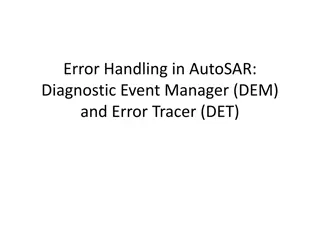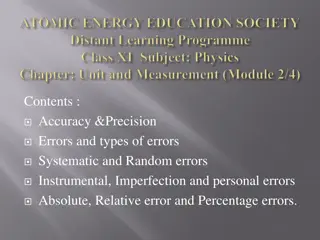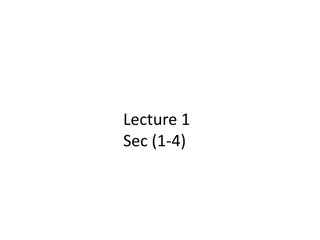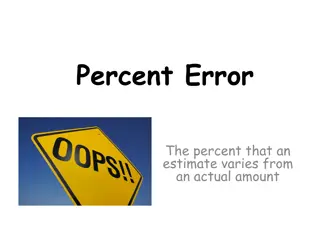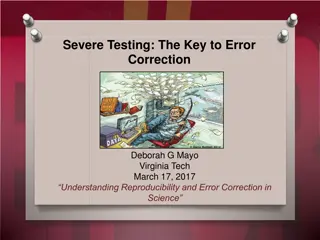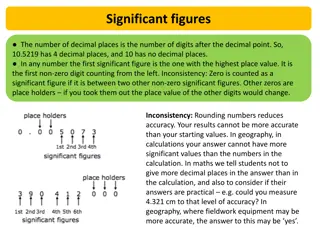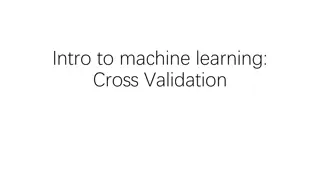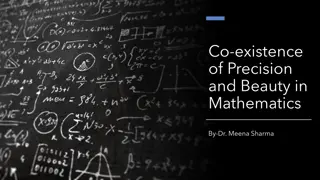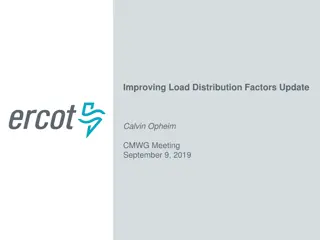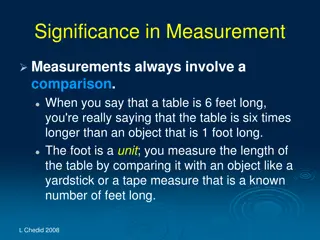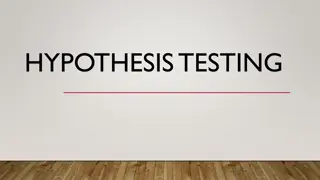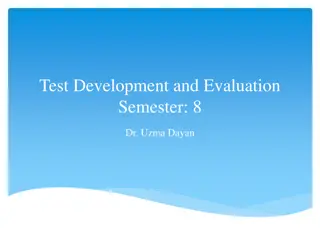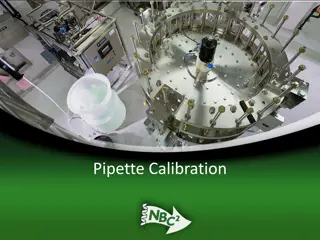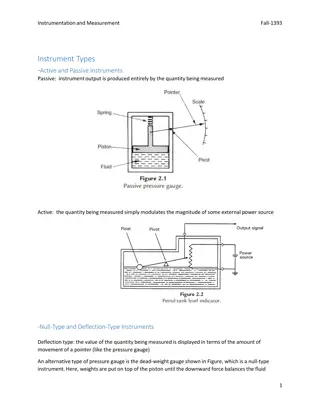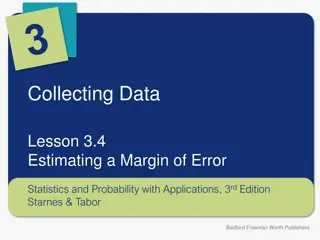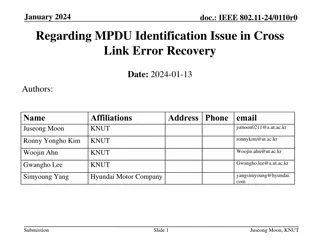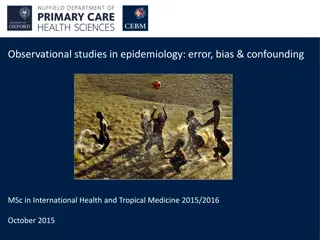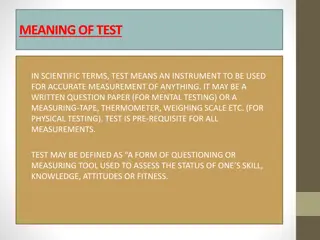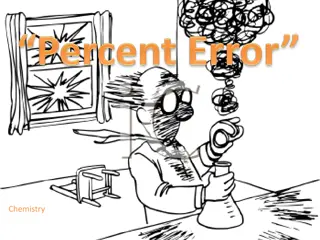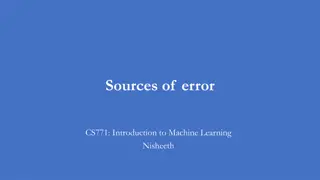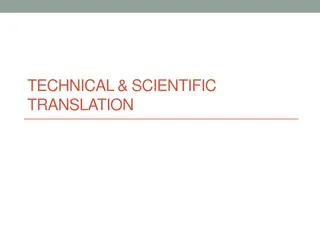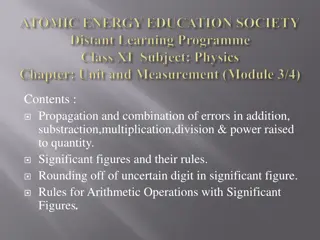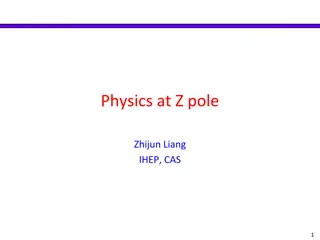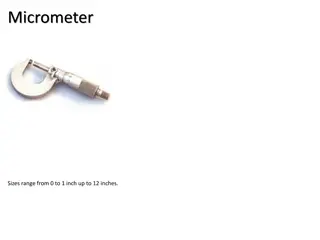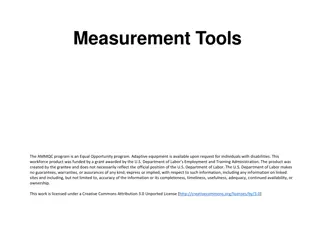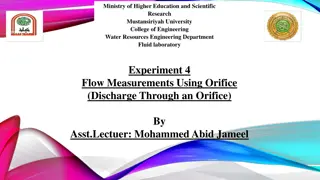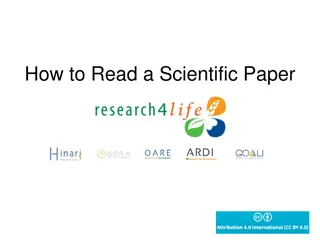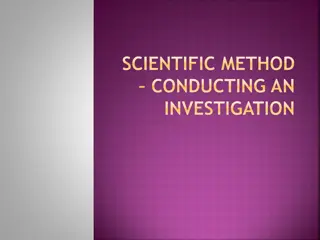Understanding Accuracy, Precision, and Error in Scientific Measurement
Accuracy and precision are crucial in scientific measurements. Accuracy refers to how close a measurement is to the true value, while precision reflects the consistency of repeated measurements. Understanding and calculating percent error help in evaluating the reliability of data. The difference between accepted and experimental values determines the measurement error.
Download Presentation

Please find below an Image/Link to download the presentation.
The content on the website is provided AS IS for your information and personal use only. It may not be sold, licensed, or shared on other websites without obtaining consent from the author. Download presentation by click this link. If you encounter any issues during the download, it is possible that the publisher has removed the file from their server.
E N D
Presentation Transcript
Chapter 3 Scientific Measurement 3.1 Using and Expressing Measurements Accuracy, Precision, %Error
Learning Targets I can describe accuracy I can describe precision I can calculate percent error
Accuracy, Precision, and Error Accuracy, Precision, and Error How do you evaluate accuracy and precision?
Accuracy, Precision, and Error Accuracy and Precision In chemistry, the meanings of accuracy and precision are quite different. Accuracy is a measure of how close a measurement comes to the actual or true value of whatever is measured. Precision is a measure of how close a series of measurements are to one another, irrespective of the actual value.
Accuracy, Precision, and Error Accuracy and Precision To evaluate the accuracy of a measurement, the measured value must be compared to the correct value. To evaluate the precision of a measurement, you must compare the values of two or more repeated measurements.
Accuracy, Precision, and Error Accuracy and Precision Darts on a dartboard illustrate the difference between accuracy and precision. Good Accuracy, Good Precision Poor Accuracy, Good Precision Poor Accuracy, Poor Precision The closeness of a dart to the bull s-eye corresponds to the degree of accuracy. The closeness of several darts to one another corresponds to the degree of precision.
Accuracy, Precision, and Error Determining Error Suppose you use a thermometer to measure the boiling point of pure water at standard pressure. The thermometer reads 99.1 C. You probably know that the true or accepted value of the boiling point of pure water at these conditions is actually 100.0 C.
Accuracy, Precision, and Error Determining Error There is a difference between the accepted value, which is the correct value for the measurement based on reliable references, and the experimental value, the value measured in the lab. The difference between the experimental value and the accepted value is called the error. Error = experimental value accepted value
Accuracy, Precision, and Error Determining Error For the boiling-point measurement, the error is 99.1 C 100 C, or 0.9 C.
Accuracy, Precision, and Error Determining Error For the boiling-point measurement, the error is 99.1 C 100 C, or 0.9 C. The percent error of a measurement is the absolute value of the measured experimental value minus the accepted value divided by the accepted value, multiplied by 100%. Percent error = measured - accepted accepted value x 100%
Sample Problem 3.2 Calculating Percent Error The boiling point of pure water is measured to be 99.1 C. Calculate the percent error. Think about it: Using the absolute value of the error means that percent error will always be a positive value.
Sample Problem 3.2 2 Calculate Solve for the unknown. Substitute the equation for error, and then plug in the known values. |experimental value accepted value| _______________________________ accepted value X 100% Percent error = |99.1 C 100.0 C | = X 100% 100.0 C 0.9 C _______ 100.0 C = X 100 % = 0.9%




